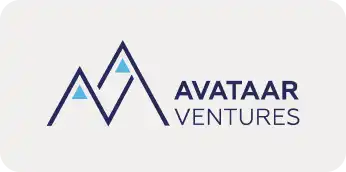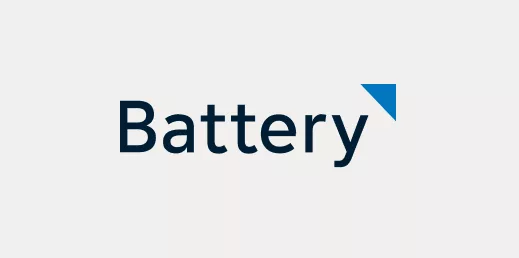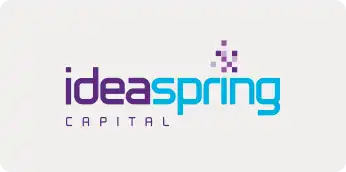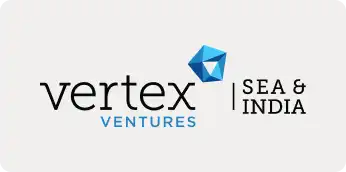A few weeks ago, a friend approached me. He was anxious and at a crossroads. A competitor had come in to acquire his company and the conversation seemed serious.
The story of this founder’s friend started three months ago when the competitor called him and asked if he would be open to being acquired. My founder friend didn’t think much of it and let it go. The competitor returned in three months and repeated the question, “How much?” My founder friend fumbled and gave a range. The competitor promised to return in a week to talk some more.
It is an interesting place. Does he sell? If he does, how should he structure it? How much information should he share? It’s a competitor and if the deal falls apart, the competitor will have access to a whole lot of sensitive information. It made me think, how should a founder handle a situation such as this?
I’ve been through this before and I was lucky enough to get by and sell CloudCherry to Cisco. But Cisco was not a competitor and the market looked different. A founder, I realized, needs a guide to navigate this situation. This guide will protect founders and help them make the right decision and as is SaaSBOOMi’s style, we called in an expert from an expert to set up a playbook of sorts.
I called Omar Tawakol. He has an interesting personality not just because of his clarity of thought but because he has built and sold multiple companies in the past. Omar’s most recent company was acquired by Cisco for its conversational AI, but the largest exit he saw was when Oracle acquired Bluekai a few years earlier. If anyone knows acquisitions, it is Omar.
A little background on him: A few years after completing graduate school, Omar set up a SaaS-based recommendation engine. With just an eight-member team, his company produced the recommendation engine for Barnes & Noble and Nordstrom. Soon enough, he had a potential acquirer. This company run by a famous founder was almost 10X bigger, well-funded, and ready to go public. Omar was on board and his company was acquired. But after the acquisition, there were multiple CEO changes and the proposed IPO never happened and all the value Omar could have realized was gone. Poof!
This made him set up a few ground rules, which set him up for great outcomes in his future ventures and hopefully be useful advice for others.
I posted to him the same question my founder friend had, and Omar asked:
“Is this competitor a listed company or private?”
That defines the way you have a conversation with them, explains Omar. Let’s take a small step into why this distinction is important, a listed company is public and has liquidity. It gives the founder an insight into the acquirer’s revenue, growth, profit, and strategic imperatives. This insight tells the founder how their company would fit into the larger scheme of things.
Now, let’s assume the company is privately owned. It means the data on the company is limited and the fear of giving too much information too early is justified.
He set a few ground rules to start with:
- Don’t lose control over your destiny until you can provide capital to your employees and investors. In the main, this means sticking with public companies as acquirers.
- Try to avoid complex conditional earnouts, because conditions and strategies often change.
Now, let’s go deeper.
Stay with acquisitions that provide liquidity now
I prefer acquisitions from public companies. If, however, the company is private and you are not the CEO of the go-forward entity, take cash. Otherwise, you are taking stock that might not have value in the future. This is a risky outcome for your employees and investors. Liquidity now allows you to cede control for a known outcome today.
However, Omar says that there are rare exceptions to this rule. For instance, if you were acquired by OpenAI or by Amazon prior to its IPO, these are rare opportunities. There should be clear signs in these rare cases, and it is not the total funds raised by the company or the CEO’s popularity. “It is about how loved their company’s products are and how much they drive revenue growth,” he says.
Ref check
We all have ambitions to generate revenue and value for our shareholders. But when someone comes to offer you the exit, you need to know if the person you’re speaking to is legit. Do they have the juice to do a meaningful deal? Speak to your confidant or an advisor, someone who is going, to be honest with you and does not have a vested interest in the transaction. Bankers want the deal to go through, you, the founder, aren’t on their mind. For founders, who are just getting started, find this mentor/advisor figure. It helps not only when you have major decisions to make but also makes the process less stressful.
Find another offer
You can get the best price and terms when there is another entity in the picture ready to do the deal.
Competitive pressure is one tool that will keep the M&A table warm. Omar says that nothing will improve your M&A outcome more than competitive pressure.
Start this process early. Finding another potential bidder in the middle of a process is very hard to do. You need deep relationships in place in advance. Always drive great partnerships that can drive meaningful outcomes for both parties. Don’t build partnerships for the sake of acquisitions, build them for the sake of good business. If you do that, one of them might end up having good acquisition potential.
If you don’t have another bidder, don’t lie. Lies get caught out and things could go sideways quickly.
Find reliable anchors
Sometimes you are lucky and your acquirer reveals their price range to begin the discussion, but in other cases, they don’t. In that case, you will have to start anchoring the potential acquirer. But don’t anchor in a way that makes bidders disappear or leaves too much on the table.
“I saw this happen once, someone anchored a price that was too high and scared off a credible bidder,” he says. Anchoring too low is also obviously bad.
My point here is that you need to be careful about the price. Make it sound like the price range is determined more by the existing competition. Instead of offering exact numbers, give ranges where you should aim to anchor at the higher end. You want to provide the anchor that will push the interested bidder to stretch.
A caveat here. Your ecosystem needs to know you enough so that your bidders are convinced by the price ranges that you quote.
Look at the true value
A lot of companies focus on the headline numbers, like say hitting a $1 million ARR. But what is more crucial is the inherent value addition that you bring to the table. Let’s say that you are building a $1 plugin. Your ARR may be $1 million now, but in the hands of the acquirer, it could be worth $30 million in 18 months. So think about what your product can do in the acquirer’s company and not what your product can do by itself.
But how do you know how your acquirer values you? You move the conversation to what you can do together. Say the competitor has 10,000 enterprises and you are a $100 package. Imagine the possibilities together. The combination of the two can potentially achieve a $100 million ARR. That’s the model you need to build.
“Don’t force the acquirer to build this model on their own. Do it with them. Ask yourself, what is the synergy, what are the growth drivers, and what is the revenue projection,” he says.
You need to help them build it because you know your company inside out. This will help model some hidden potentials that were otherwise being ignored.
Don’t reveal too much
How much is too much? You don’t always know. But there is no obligation to share sensitive information with a potential competitor. So if someone’s asking for your customer list you can refuse.
You can do incremental reveals as the negotiations progress, from the early discussions to the term sheet stage.
“My suggestion is to not give out anything sensitive until you get the term sheet,” says Omar. If people insist, give out names of customers that you know are public anyway or you’re sure won’t migrate out of your platform.
An acquisition could be a positive outcome in your lifecycle, not every story ends in an IPO, and some of the most successful outcomes were acquisitions. WhatsApp, YouTube, and Flipkart are all examples of meaningful acquisitions that continued to thrive.
One last thought. Enjoy the ride while you are building your company and try not to think of acquisitions. Thinking too much of acquisitions replaces focus and energy better spent on your customers. If you focus on your customers and how to make their experience 10x better — the acquisition offers will likely follow. The opposite is not true.

























